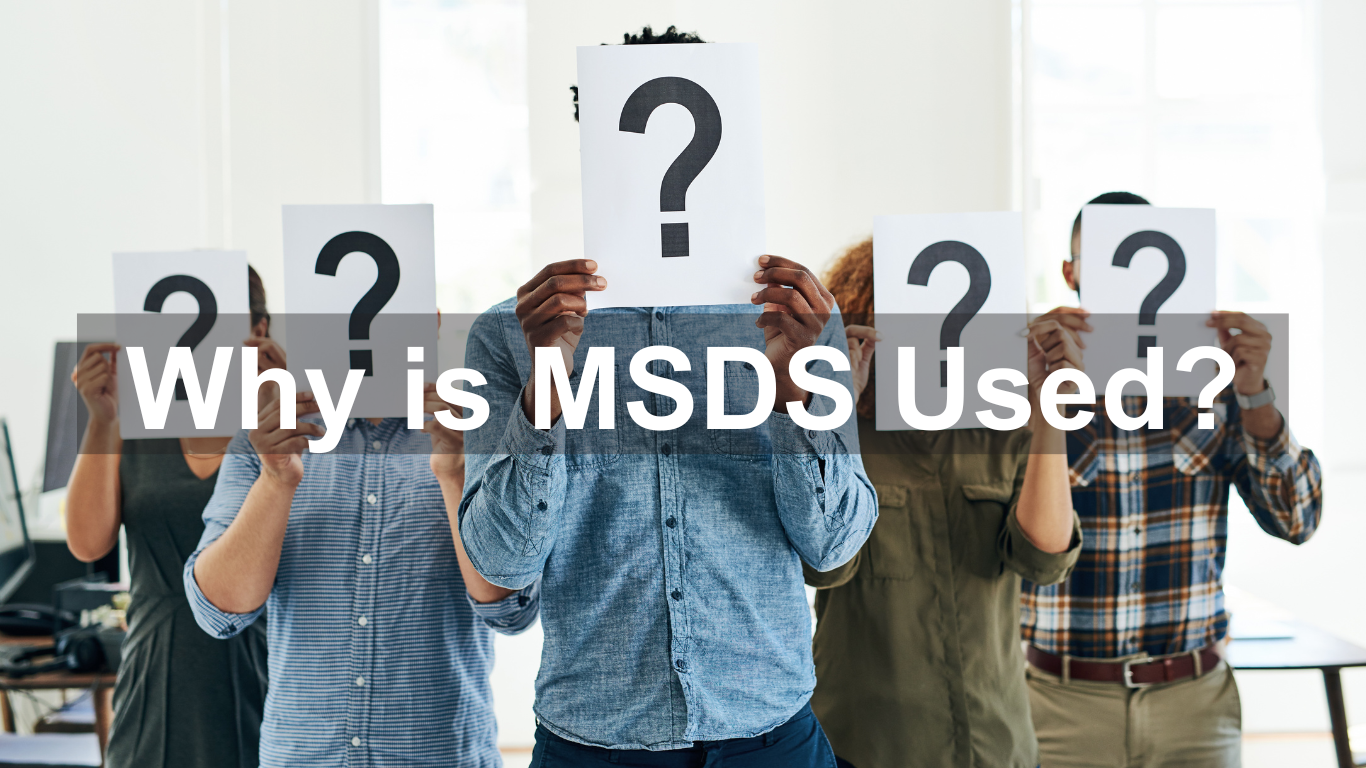In the fast-paced world of industries and workplaces, ensuring the safety of employees and protecting the environment is paramount. One crucial tool that aids in this endeavor is the Material Safety Data Sheet (MSDS). But what exactly is MSDS, and why is it so extensively used across various sectors?
The roots of MSDS trace back to the need for standardized information about the chemicals used in workplaces. Over the years, legal requirements and regulations have shaped the format and content of these sheets, making them an indispensable part of occupational safety.
Components of MSDS
An MSDS Certificate typically contains vital information about a chemical, including its properties, potential hazards, safe usage guidelines, and emergency response procedures. The chemical identification section allows quick referencing, aiding in effective communication during emergencies.
Purpose of MSDS
The primary purpose of MSDS is to ensure the safety of those handling chemicals in the workplace. It serves as a comprehensive guide, offering insights into the risks associated with each substance, thus enabling better decision-making during routine activities and emergency situations.
Industries and Applications
MSDS finds applications across a spectrum of industries, including manufacturing, healthcare, construction, and more. Its universal relevance is highlighted by its role in guaranteeing safety in diverse settings, from laboratories to construction sites.
Creation and Updating of MSDS
Developing an MSDS involves meticulous research and collaboration between experts to compile accurate information. Regular updates are crucial to accommodate any changes in the chemical composition or safety regulations, ensuring the information remains current.
Regulatory Compliance
Adherence to international standards and local regulations is mandatory when it comes to MSDS. Non-compliance can result in severe consequences, including legal actions and compromised safety within the workplace.
MSDS vs SDS Certificate
The transition from Material Safety Data Sheets Certificate to Safety Data Sheets Certificate (SDS) represents an effort towards global harmonization. While the essence remains the same, certain changes in format and terminology aim to enhance clarity and consistency.
Benefits of Using MSDS
The benefits of using MSDS are multifaceted. Beyond ensuring regulatory compliance, it actively contributes to protecting human health and the environment. The clear communication of potential hazards allows for proactive risk management.
Challenges and Criticisms
Despite its widespread use, MSDS is not without challenges. Issues such as information accuracy, accessibility, and interpretation persist. Addressing these concerns is essential to maximize the effectiveness of this vital safety tool.
Training and Awareness
Educating employees about the significance of MSDS is as crucial as its creation. Training programs should focus on enabling workers to interpret and apply the information in real-world scenarios, fostering a safety-conscious culture.
Global Perspectives on MSDS
The global landscape presents variations in MSDS requirements, reflecting diverse regulatory approaches. Ongoing efforts toward harmonization aim to simplify compliance for multinational corporations and enhance safety on a global scale.
Technological Advances in MSDS Management
In the digital age, managing MSDS has evolved. Digital platforms offer efficient storage, retrieval, and sharing of these sheets. Integration with safety management systems enhances overall workplace safety.
Conclusion
In conclusion, the ubiquity of MSDS underscores its vital role in ensuring safety across industries. Its evolution, purpose, and global adoption collectively contribute to a safer working environment. As industries continue to advance, the commitment to understanding and implementing MSDS remains a cornerstone of responsible and ethical practices.
Q1: Can MSDS be used for all types of chemicals?
Yes, MSDS is designed to provide information on the hazards and safe usage of a wide range of chemicals.
Q2: How often should MSDS be updated?
MSDS should be updated whenever there is new information about the chemical or changes in safety regulations.
Q3: Are there any penalties for not complying with MSDS regulations?
Yes, non-compliance can lead to legal consequences, fines, and compromise workplace safety.
Q4: Can digital MSDS platforms replace traditional paper-based systems?
Yes, digital platforms offer efficiency and accessibility, but the transition should be managed carefully.
Q5: How can employees be trained to understand MSDS effectively?
Training programs should focus on practical applications, encouraging active participation and understanding among employees.



